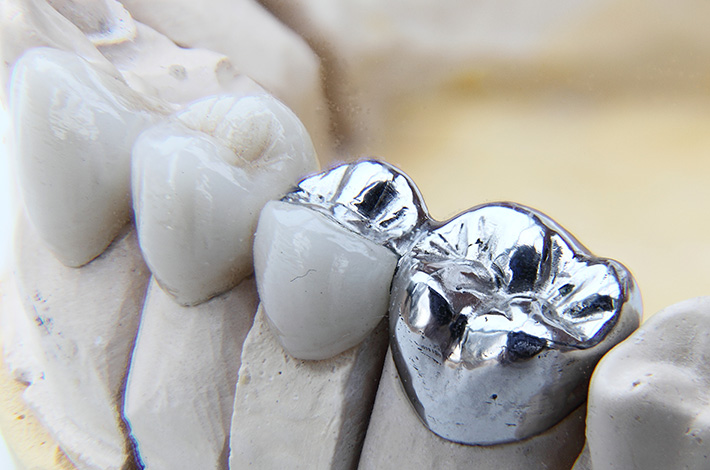What are Dental Crowns and Tooth Bridges?
Dental crowns and tooth bridges are essential aspects of health care, focusing on restoring worn teeth and improving the smile’s appearance. Dental crowns, including porcelain crowns, are custom-made caps placed over a damaged tooth or implant, restoring the teeth’ enamel and improving the tooth’s shape, aesthetics, and function. On the other hand, dental bridges are fixed prosthetic devices consisting of multiple crowns used to replace the missing tooth, attaching to the natural one or implants on either side of the gap.
How do Crowns Work?
Dental crowns, also known as caps, are custom-made solutions for damaged teeth designed to restore their function and appearance. A porcelain crown is popular due to its ability to match the colour of your natural tooth enamel. These crowns are placed on teeth, dental implants, or even discoloured teeth to improve their aesthetics and protect against tooth decay.
The dental crown cost may vary depending on factors such as materials used, with options ranging from porcelain, ceramic, gold, metal alloys, and acrylic. Porcelain crowns are often bonded to a metal shell, making them both strong and visually appealing. Dentists may recommend crowns for various reasons, such as protecting a weak tooth from fracturing, restoring a fractured tooth, or covering a tooth that has undergone root canal treatment.
The process for getting a dental crown usually involves a single visit to the dentist, who will examine your teeth and discuss the best treatment option based on factors such as your bite, tooth shape, and overall dental care needs. Once the custom-made crown is ready, the dentist will ensure it fits well and maintains the natural appearance of your smile.
How do Bridges Work?
Dental bridges can be employed as a treatment option when a tooth is missing. They span the gap created by the absence of teeth, helping to prevent issues like tooth decay, gum disease, and temporomandibular joint (TMJ) disorders. The bridge is anchored by the actual teeth or dental implant surrounding the gap, known as abutments, and a custom-made replacement tooth called a pontic is attached to the crowns covering these abutments.
Dental crowns, on the other hand, are used to cover damaged or discoloured teeth, restoring their original shape, size, and appearance. Porcelain crowns, for example, can be matched to the colour of the natural tooth enamel, ensuring a seamless blend with the surrounding teeth. Ceramic crowns are another option that provides a similar aesthetic result.
While dental crown costs can vary depending on material and location, the investment often leads to improved aesthetics and functionality. However, it is essential to note that dental crown fall and other complications can occur, which is why a dentist’s guidance is crucial when considering this treatment.
How are Crowns and Bridges Made?
To create dental crowns or bridges, an surgical or invasive procedure is required to modify the natural tooth structure. This entails reducing the size of the tooth or teeth to ensure a proper fit for the crown or bridge. The dentist then takes precise measurements by making an impression, which serves as an exact mould for the custom-made restoration.
Porcelain crowns are a popular choice for their aesthetic appeal, as they closely resemble the appearance of natural teeth. The dentist selects the appropriate shade of porcelain to match the patient’s existing teeth, ensuring a seamless look. Porcelain dental crowns provide a permanent solution to various dental needs, such as repairing a cracked tooth or replacing old fillings.
While the permanent crown or bridge is being crafted at a dental lab, a temporary crown is placed to protect the prepared tooth from further damage. Once the permanent restoration is ready, the dentist removes the initially fixed crown and cements the new crown or bridge in place.
IF YOU NEED A DENTIST
Dentists typically recommend dental crowns and bridges to patients who are good candidates for the treatment based on the condition of their teeth, gum line, and overall dental health. It’s essential to schedule an appointment with a dental professional to discuss your unique needs and determine the best course of action to restore and maintain the appearance and function of your teeth.















